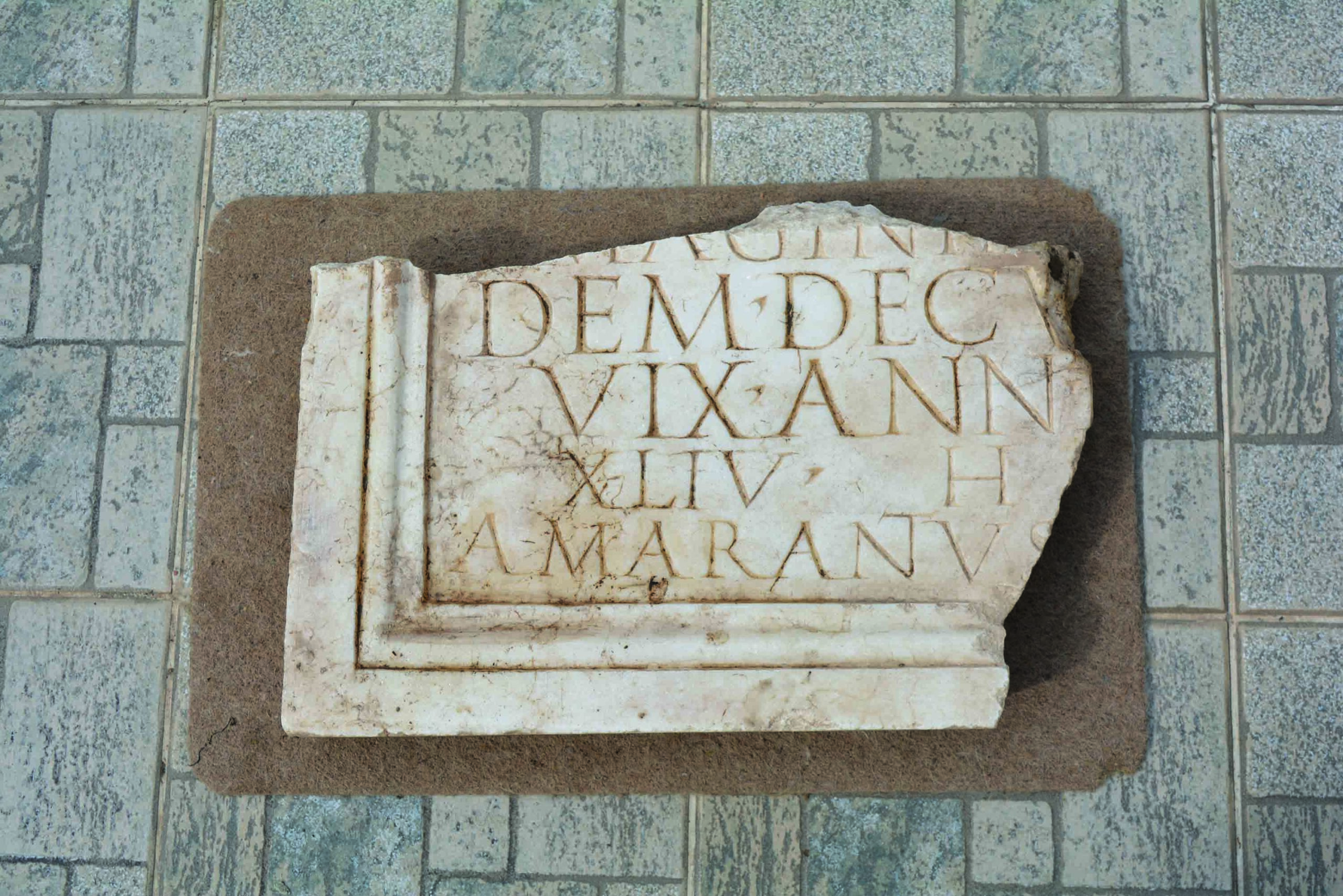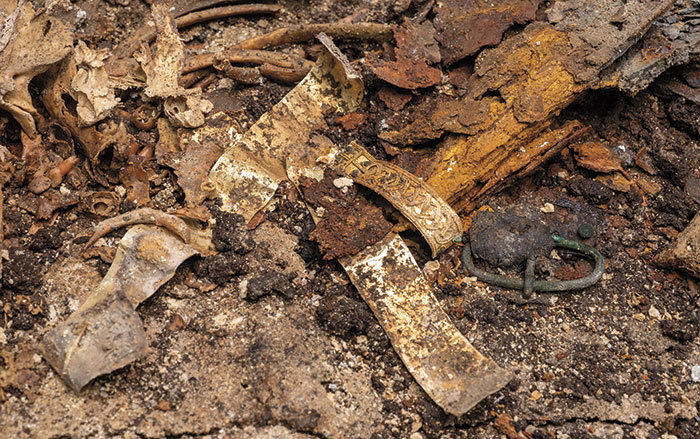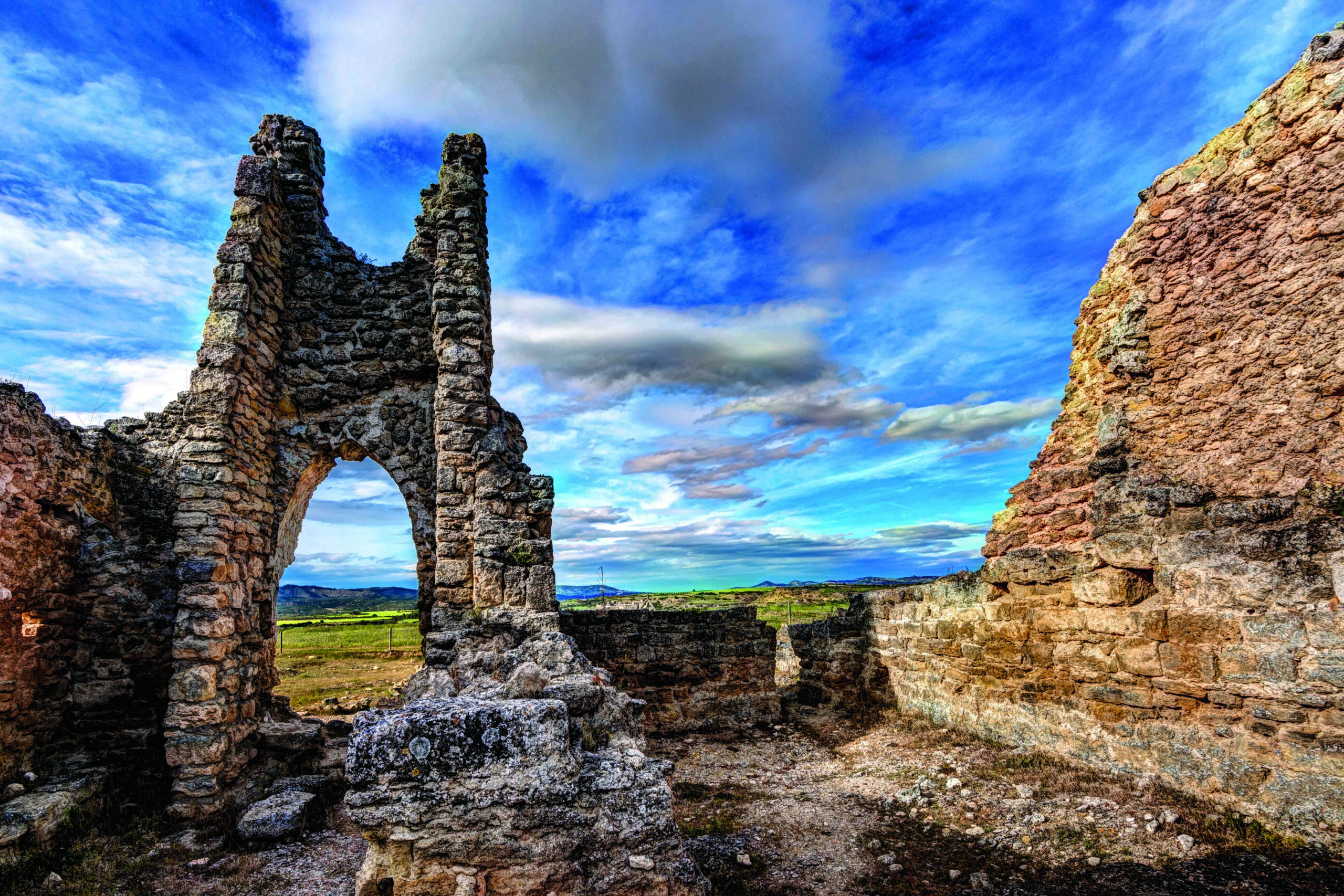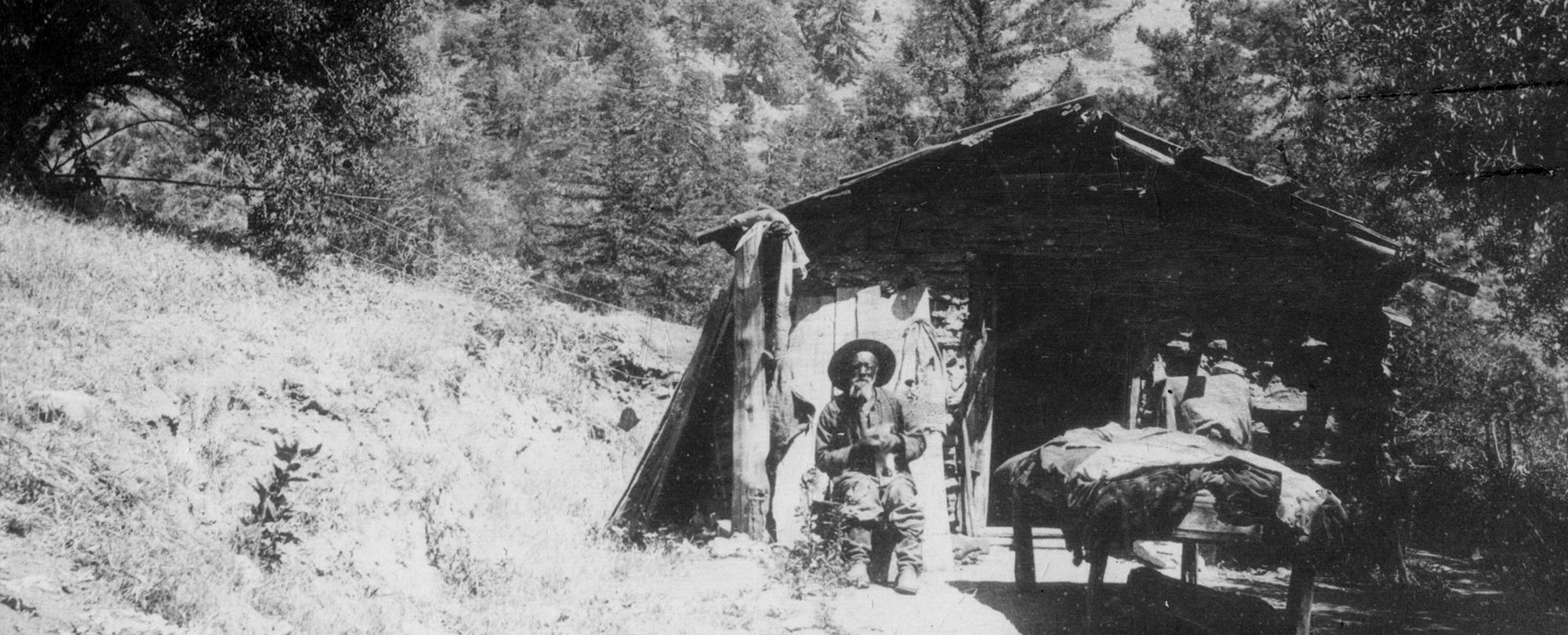SOFIA, BULGARIA—Fourteen types of marble thought to have been used as decorations in a grand hall, or aula, have been unearthed in an area of public buildings at the site of Ulpia Oescus in northern Bulgaria, according to an Archaeology in Bulgaria report. The room is thought to have been built to welcome Emperor Constantine I to the Roman colony in A.D. 328 for the opening of a monumental bridge crossing the nearby Danube River. The pieces of marble suggest that the room was adorned with finely carved columns of striped calcite, and wall encasings made of red jasper—a decoration reserved for imperial residences, temples, and places where emperors were received. The excavation team also found traces of brick pillars and underfloor heating in the grand hall. For more on Roman archaeology in Bulgaria, go to "A Dutiful Roman Soldier."
Roman Imperial Reception Room Identified in Bulgaria
News April 1, 2021
Recommended Articles
Digs & Discoveries March/April 2021
A Dutiful Roman Soldier

Features January/February 2026
The Cost of Doing Business
Piecing together the Roman empire’s longest known inscription—a peculiarly precise inventory of prices

Digs & Discoveries September/October 2025
A Day at the Hunt

Digs & Discoveries September/October 2025
Good Night, Sweet Prince

-
Features March/April 2021
The Visigoths' Imperial Ambitions
How an unlikely Visigothic city rose in Spain amid the chaotic aftermath of Rome’s final collapse
 Yil Dori
Yil Dori -
Letter from Chihuahua March/April 2021
Cliff Dwellers of the Sierra Madre
A recurring design motif found in northern Mexico’s ancient mountain villages reflects complex cultural ties between distant peoples
 (Photo by Stephen H. Lekson)
(Photo by Stephen H. Lekson) -
Artifacts March/April 2021
Subeixi Game Balls
 (Courtesy Patrick Wertmann)
(Courtesy Patrick Wertmann) -
Digs & Discoveries March/April 2021
An Enduring Design
 Courtesy Durham University
Courtesy Durham University


